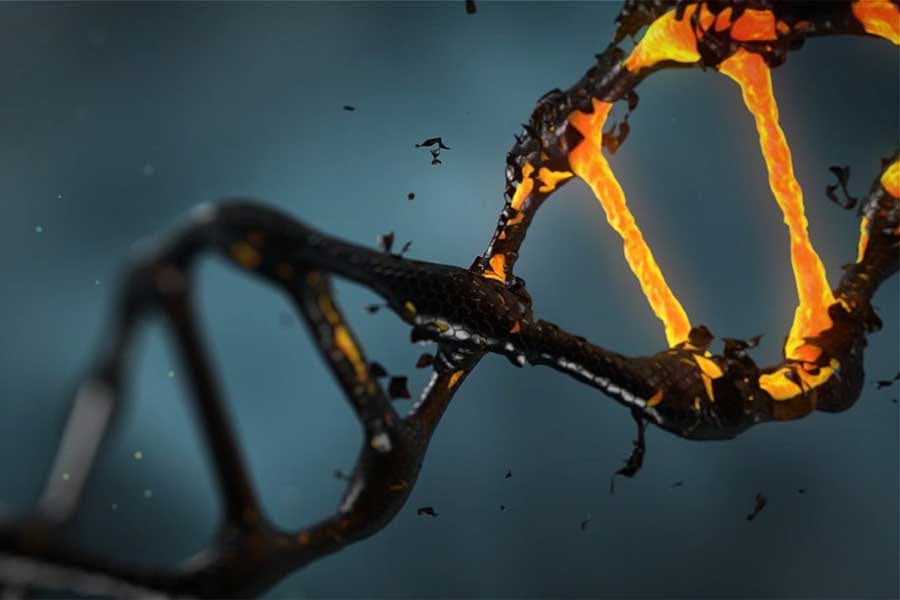Oxidative stress is a term frequently used in articles concerning health and nutrition, but it is not generally understood. It is important to be familiar with these concepts because oxidative stress and AGEs are major drivers of inflammation, aging, and chronic diseases, including cancer. Antioxidant-rich foods work to counteract the harmful health consequences resulting from oxidative stress and associated health issues. Note the following terms are commonly used along with oxidative stress:
- Oxidation
- Reactive oxygen species (ROS)
- Oxidative damage
- Free radicals
- Advanced Glycation End Products (AGEs)
Oxidation: Good and Bad
Oxidation happens in all of our bodies as we process the oxygen we breathe and our cells produce the energy we need from it. It is a chemical reaction in our body that also produces free radicals–molecules that can cause damage to our cells. Free radicals are required to some degree. Causing some damage, they also stimulate repair. It is only when too many free radicals are produced, and they overwhelm the repair processes, that it results in oxidative stress.
Free radicals include reactive oxygen species and other molecules with unpaired electrons, which make them unstable and highly reactive. To become more stable, free radicals damage the molecules that make up our DNA, protein, and lipids (fats), which leads to tissue injury.


